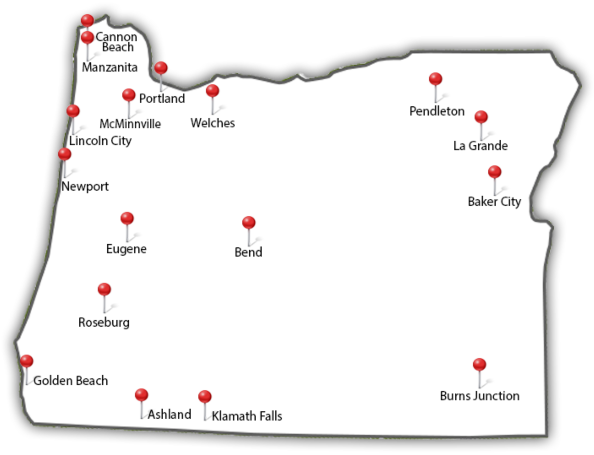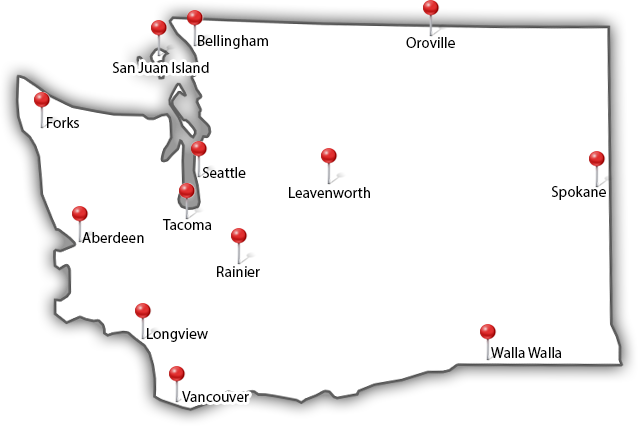The 6 Most Common Causes of Tree Problems & Diseases
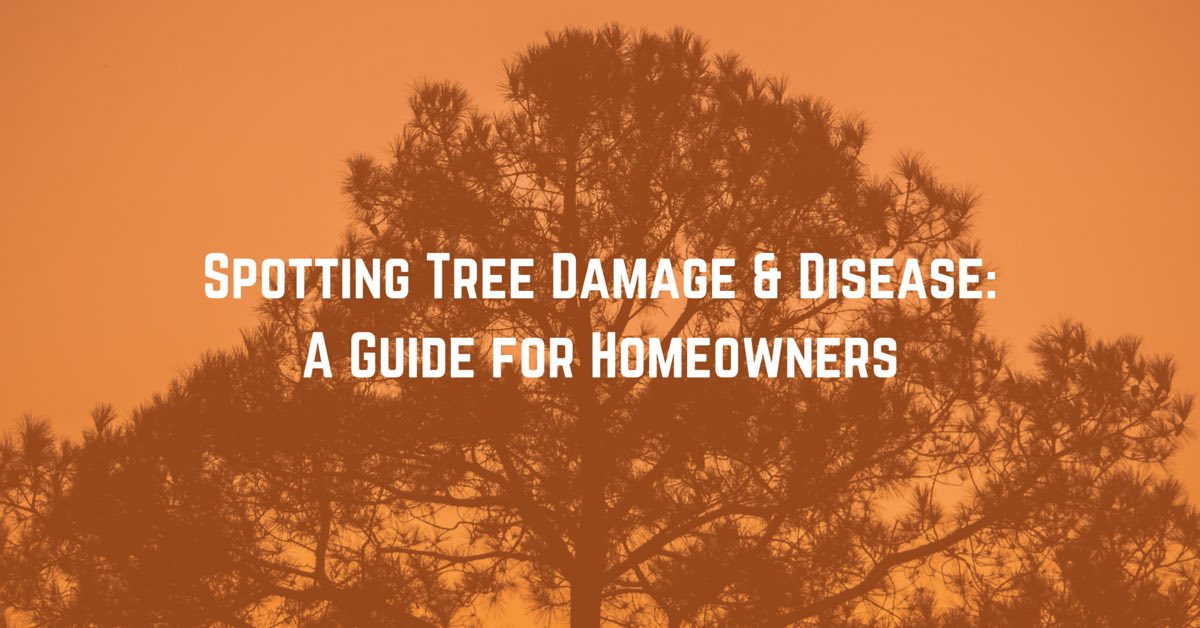
Did you know that there are some trees that can live to be over 5,000 years old? While the trees in your yard won’t live that long, if they’re well maintained, they can live for 50 years or even longer! Unfortunately, many trees become diseased, rotted, or damaged before they can reach their full potential.
Today we’ll talk about some of the most common causes of tree problems and diseases as well as signs that your tree might be unhealthy and in need of help.
Weather & Storms
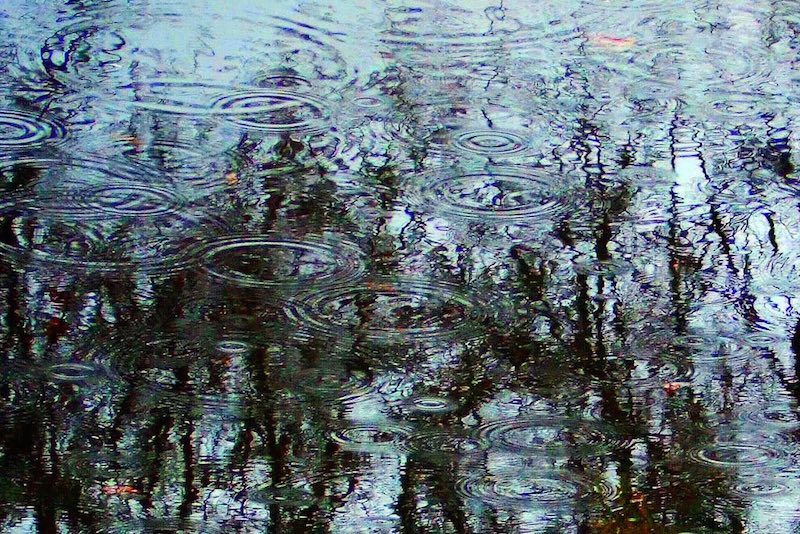
Our Portland climate is generally pretty mild, but our weather can still cause serious damage to trees. During the rainy months, too much precipitation can cause the ground to become waterlogged, loosening a tree’s roots. This can cause trees to lean or even topple over! During the winter, ice and snow accumulation can put stress on branches and cause them to break off
Root Damage & Loss
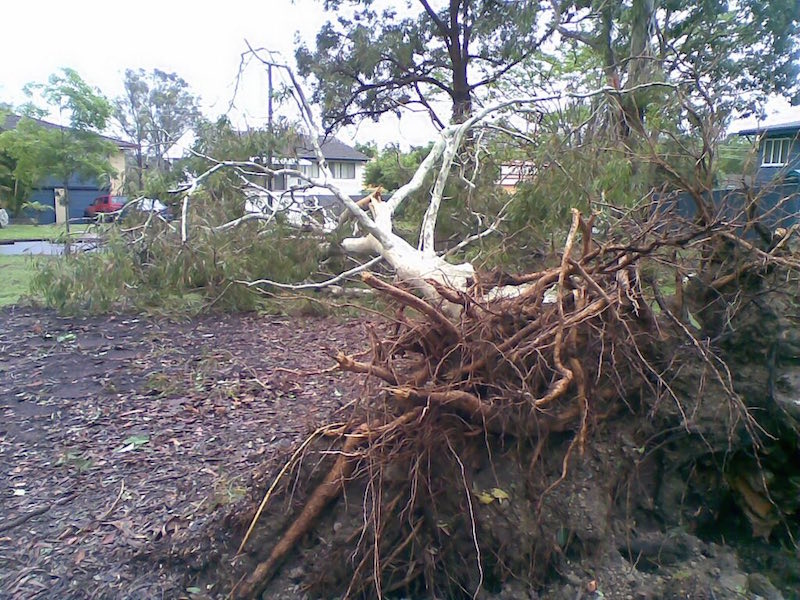
Tree roots are like an anchor, holding the tree steady and straight. They also absorb water and nutrients from the soil. Without a healthy root system a tree simply can’t be healthy. Since they’re underground root problems are often difficult to spot until damage has already been done. Roots can be:
- Cut or crushed by heavy construction equipment
- Infected by invasive fungus
- Damaged by lack of available nutrients or changes in the environment
Disease & Infection
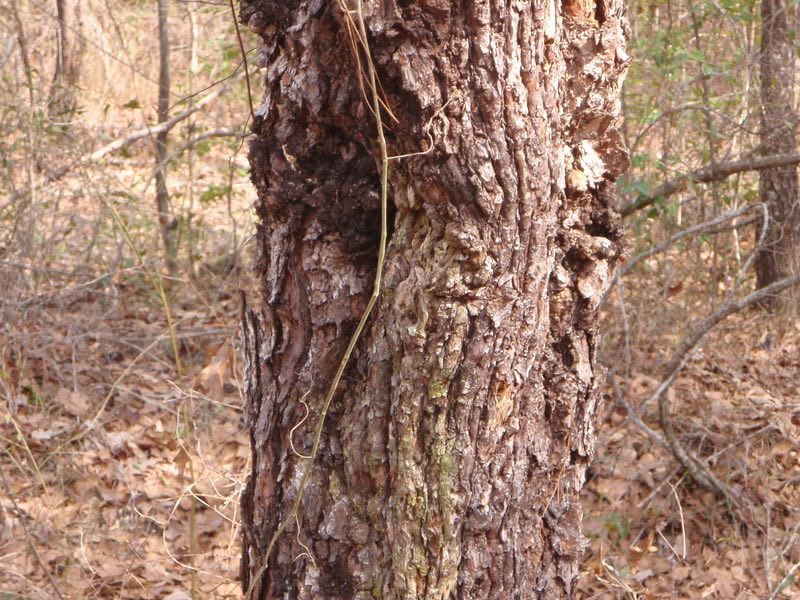
Diseases and infections from fungi, bacteria and other sources can be deadly. In the Portland area, for example, elm trees are especially susceptible to Dutch Elm disease. Dutch Elm disease is caused by a fungus that’s carried by certain types of beetles. The disease can spread quickly and kill many trees if it’s not caught early. Other common tree diseases include:
- Anthracnose – A fungal infection that attacks leaves, flowers, and fruits. You’ll often see this on dogwood trees.
- Dothistroma – Another fungal infection that can kill younger pine trees. This infection causes a pine tree’s needles to fall off, preventing the tree from creating the energy it needs to grow.
- Leaf Blight – Actually a variety of related ailments, leaf blight can damage a tree’s canopy, over time weakening and killing the entire tree.
Age
In a way, trees are just like people. As they age, they become more susceptible to some diseases and ailments. The branches of older trees may weaken due to an accumulation of small cracks and breaks. Depending on the weather, older trees may dry out and become brittle and unhealthy.
Construction
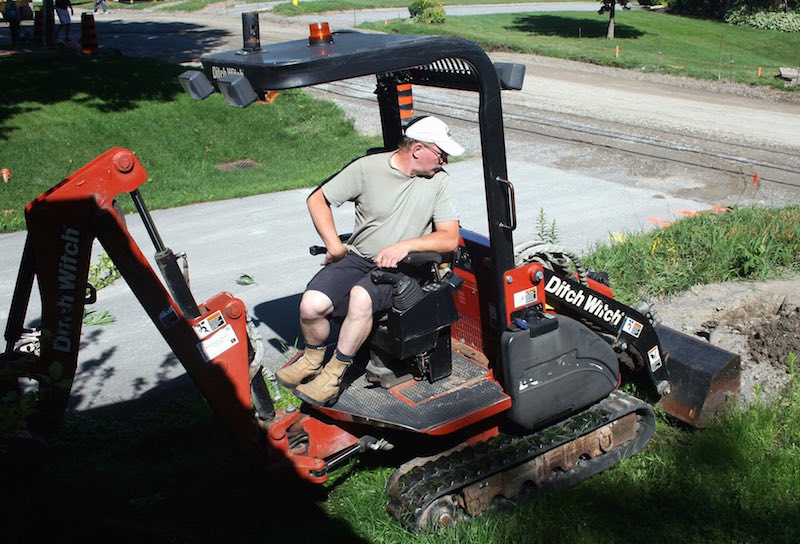
Heavy construction machinery can compress soil and damage a tree’s root system. It’s important to remember that a tree’s roots extend far from its base (in some cases 30 feet or more), making it important to stay well away from trees during construction. In addition, careless use of construction equipment can rip off a tree’s leaves and branches or cause damage to the trunk itself.
So be careful when you’re doing any work in your yard!
Poor Maintenance
Trees need our help to stay healthy! If you don’t take good care of your trees, they’re more likely to suffer from disease, damage, and other common tree problems. Luckily, most trees don’t require much maintenance. They only require regular trimmings and inspections to make sure the bark, roots, branches, and trunk are healthy and stable.
What To Look Out For
While some tree problems are tough to spot, there are some telltale signs you can be on the lookout for.
Sudden Changes to Leaf Color & Density
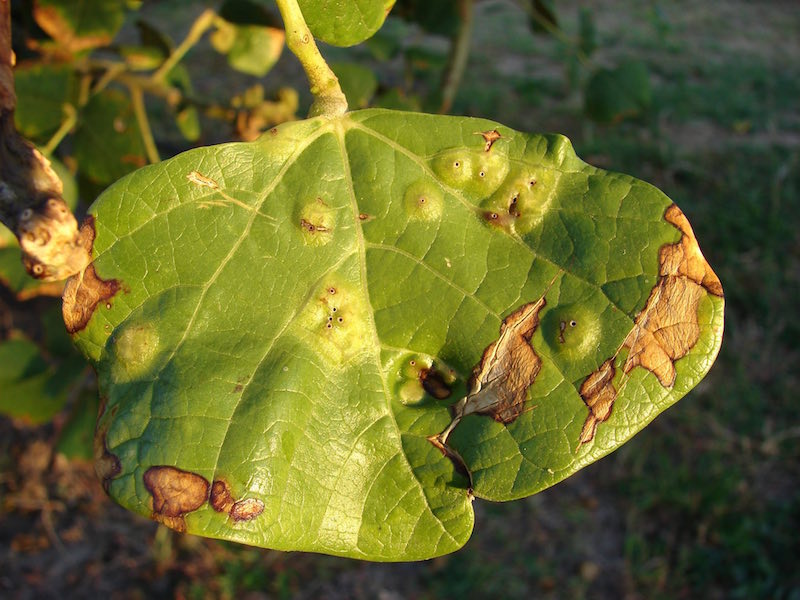
If a tree’s leaves suddenly change from green to yellow, or if leaves become splotchy or have a “banded” appearance, that could be a sign of fungal infection or disease. Or if a tree’s leaves or needles begin to fall off out of season, that’s another warning sign.
Unusual Growths & Knots
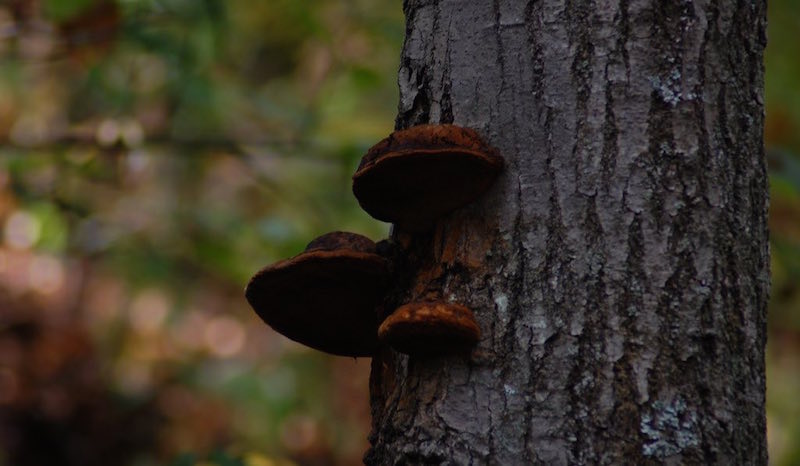
Bulbous growths or swollen areas in a tree’s trunk can be caused by bacteria growth. Fungus growing from a tree’s trunk or branches can also be signs of an unhealthy tree. These growths are often signs that your tree isn’t getting the nutrients it needs to grow normally.
Insect Damage
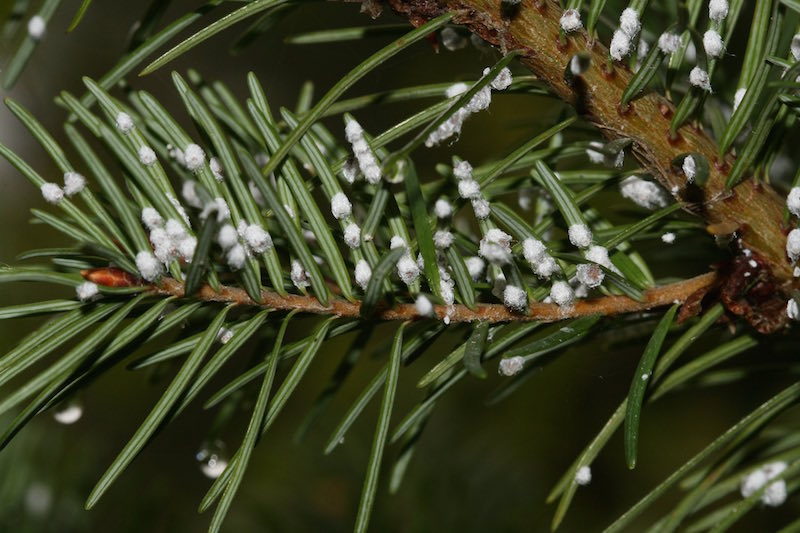
Insects can do real damage to the trees growing in your yard. Most of the time, it’s easy to spot insect damage because you can see insects crawling, flying, and buzzing around your tree, and most of the damage done will be to the tree’s exterior. Here’s what you should be on the lookout for:
- Leaves that look “chewed” or bitten – Beetles and some caterpillars feed on tree leaves. Too much damage to too many leaves can prevent your trees from getting the sunlight and nutrients they need.
- Leaves with unusual colors – Aphids, leaf hoppers, and other insects can damage leaves, causing them to turn yellow or develop a “speckled” appearance.
- Moldy bark – Aphids, lacebugs, and other insects excrete substances that can cause mold to grow on your trees, potentially causing long term damage.
Protect Your Investment
There are just so many benefits to having trees in your yard: they’re beautiful, can make you happier, and even make your property more valuable!
You should think of your trees as an investment that needs your attention to keep paying off. With just a bit of care and attention, you’ll be able to enjoy your trees for decades to come!
Ask a Professional
If you’re seeing evidence of these common tree problems and diseases, don’t worry. And if you’re at all worried about the health of your trees, don’t worry.
Contact NW Arbor Culture online or call us at (503) 538-8733 for a free consultation and estimation. We’re happy to come out, take a look at your trees, and let you know our expert opinion. We have over 30 years of experience caring for trees in the Portland area and know how to make sure your tree lives a long, healthy life.
Photo Credit: K. Kendall, Ash Kyd, John S. Quarterman, Robert Taylor, S. Rae, Carolyn Tiry, Forest & Kim Starr, AJ Cann
blog comments powered by Disqus






